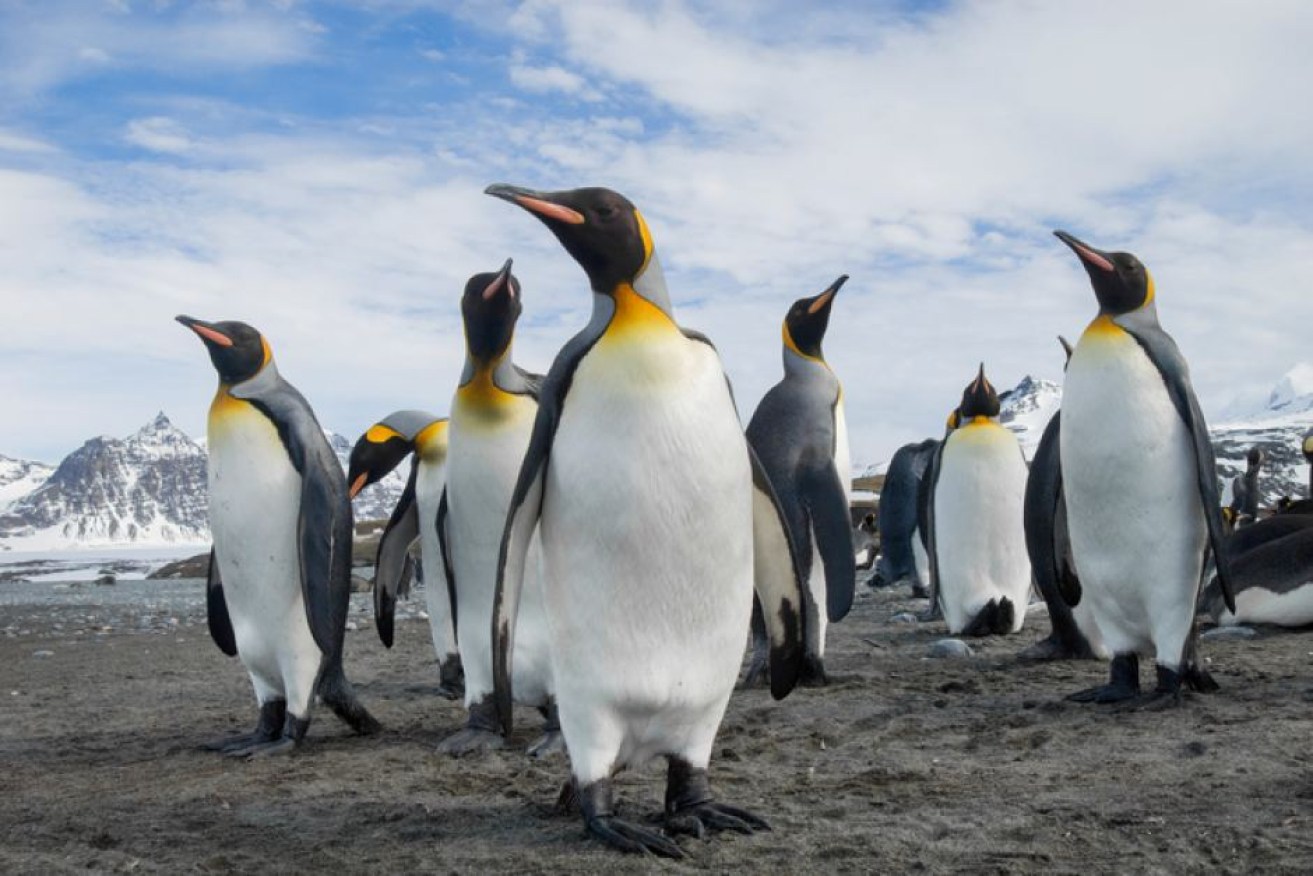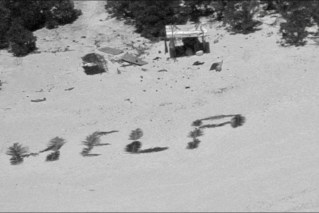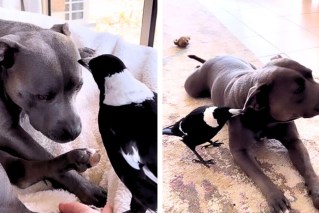Amazing things animals get up to when we’re not looking

Penguins may waddle on land but they behave like a 'marine commando' under water. Photo: Getty
What does a penguin get up to out at sea? How high can a condor fly? And do sloths really live up to their name?
The Jekyll and Hyde nature and hidden talents of wild animals are revealed when we track their every move, says wildlife researcher Professor Rory Wilson.
Take penguins, for example. We see them one way on land, but under water they show quite a different side.
“They are the most incredible Jekyll and Hyde animals,” Professor Wilson of Swansea University told the ABC’s The Science Show.
“What we see in the zoo waddling around looking fairly goofy in no way measures up to this incredible marine commando that swirls and dives and shoots through the waters,” he said.
Penguins are really buoyant and slow so they have to work hard to swim down the water column, but can freewheel up back to the surface without beating their flippers.
They use this to their advantage to catch fish by lunging at them from underneath, propelled by their buoyancy, with almost no work at all.
This intel was collected using a smart tag called Daily Diary, developed by Professor Wilson, who is also an engineer.
The device, which has been likened to a black box recorder, is made up of a small battery pack and sensors that record how the animal interacts with its environment – whether it is deep in the ocean or at dizzying heights above the Earth.
The tag measures such things as the direction an animal is moving, its acceleration, location, posture and how much energy it is using.
It also measures such things as temperature, humidity, light, water pressure and air pressure.
Here are a few more surprising animal behaviours the technology has helped reveal.
Albatross ride a g-force rollercoaster

These animals cope with g-forces that are akin to what you would experience on Mars or Jupiter. Photo: Getty
Albatross have a very curious rollercoaster-like flight pattern where they fly up and down between the troughs of waves.
An accelerometer on the Daily Diary tag has revealed that for hours on end, these birds are literally having an out-of-this-world experience of gravity.
They experience g-forces that vary between half and 1.7 times that on Earth, said Professor Wilson.
“They’re not even living on the Earth in terms of the g-forces they’re exposed to.
“They’re living on Jupiter and Mars and alternating between them.”
Data captured by the tags has also shown albatross appear to have a very ingenious way of attracting squid for dinner.
It involves the birds paddling furiously around in circles in the dark in particular parts of the ocean to produce light from marine organisms that bioluminescence when disturbed.
“They create this ball of light and that attracts squid on which they feed.”
Elephants walk differently when they’re happy or sad

It looks like elephants may walk differently when they’re happy to when they sad. Photo: Getty
By using the tag to measure body posture and bounce in the steps of walking elephants, Professor Wilson’s team discovered that the graceful, large beasts walk in different ways depending on whether they are happy or sad.
The data shows that when elephants walk towards food they walk differently to how they walk when they are being scared away from the food.
Professor Wilson said the same types of signals may one day be able to help determine whether an animal is stressed.
“Maybe we can get inside some of these animals’ heads?” he said.
Whale sharks fuelled by daily eight-minute feeding frenzy

A tagged whale shark off the coast of Africa. Photo: Getty
Professor Wilson has been working with Australian marine scientist Dr Brad Norman of Ecocean to track whale sharks off Western Australia.
Getting tags onto these animals is a challenge.
Whale sharks, which are the biggest fish in the sea, are just too big to drag aboard a boat.
Instead, you have to swim alongside the animal to attach the device. And since the tag stores the data it collects, the tag has to be retrieved later.
The tag is attached to the dorsal fin by a spring clamp that is “a bit like an earring” that corrodes after a time and falls off the animal, Dr Norman said.
The particular tags used on the sharks do not have GPS but a VHF transmitter instead and researchers can then pick those signals up to help them track down the tag.
But given these animals are capable of swimming hundreds of kilometres, the researchers are only deploying the tag for a matter of days at this stage so they do not end up too far away.
Still, data from the Daily Diary reveals just how it is that these enormous animals, which can reach 18 metres long, are able to fuel up.
Tracking suggests the animals indulge in a feeding frenzy for about eight minutes each day around dusk. This is when they can most effectively scoop up zooplankton – one of their main food sources – which collects at the surface around this time.
The tag data also shows whale sharks beat their tail to move up through the water column, but save energy by gliding downwards using gravity – a similar technique seen in birds.
Condors catch a 47-kph ride on a thermal elevator

Getting the Daily Diary onto a condor is a challenge, as is retrieving it. Photo: Getty
Using the tag on condors presents a different challenge.
To attach the tag involves plonking a whole lot of rotting carcasses on a mountain top and then catching hungry condors by shooting a net over them.
To retrieve the tag, scientists use its GPS tracking function to work out which cliff edge the condor is heading to for the night, and program the tag to pop off the animal so it can tumble down the cliff at an appropriate time to be collected.
The tag’s accelerometer and air pressure sensors captured condors rapidly gaining height by catching a lift on columns of fast rising air, before gliding down across the countryside.
One bird was found to zip upwards at speeds of 47 kilometres per hour.
“Imagine stepping into a lift and it whisking you up [at that speed]. You’d be on the floor,” said Professor Wilson.
Elephant seals are deep-diving champions

This mammal dives up to 2 kilometres under water.
Tracking has also shed light on the deep water lives of elephant seals.
“If your understanding of elephant seals is what they do on the beach then you’re missing all of the Jekyll and most of the Hyde,” said Professor Wilson.
Data from the tag shows these animals dive up to 1,300 metres under water, supporting other evidence that they dive up to 2 kilometres.
Professor Wilson said a mammal capable of doing this was “unthinkable a few decades ago”.
Life in the slow lane of the sloth

Sloths may move slow but they’re just as enigmatic as other animals. Photo: AAP
And last but not least, tag data also reveals just how slow sloths really are.
“They say that a galloping sloth can cover 12 feet a minute,” said Professor Wilson.
“They live in a different way, in a different world and possibly in a different universe.”
In simple terms, he said, these animals move one third more slowly than a stalking cheetah.
But just because they are slow, it does not mean they are any less enigmatic than other animals, Professor Wilson added.
The tags take 400 measurements per second, which are stored on flash memory. With a 64 Gb memory, the tag can stay on an animal and keep recording it for a year.
Once the tag is retrieved, the hard grunt of analysing and visualising the massive amounts of data collected begins.
The information on animal behaviour gathered from smart tags like the Daily Diary is key to conservation for species, many of which are endangered, said Professor Wilson.
-ABC








